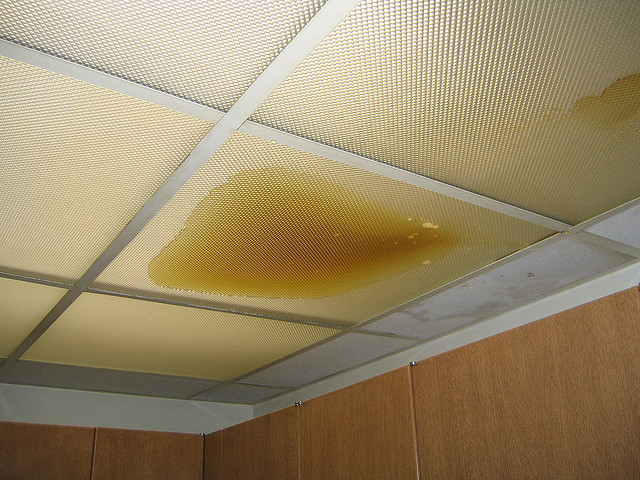Exactly how to Inspect If Your House Has a Covert Leak
Exactly how to Inspect If Your House Has a Covert Leak
Blog Article
Have you been hunting for insight on Hacks to detect leaks?

Early detection of leaking water lines can alleviate a prospective disaster. Some small water leaks might not be visible.
1. Take A Look At the Water Meter
Inspecting it is a guaranteed way that helps you find leaks. If it relocates, that indicates a fast-moving leakage. This indicates you may have a sluggish leak that might also be underground.
2. Examine Water Intake
Analyze your water expenses as well as track your water consumption. As the one paying it, you should notice if there are any kind of inconsistencies. If you find sudden changes, in spite of your usage being the same, it suggests that you have leaks in your plumbing system. Keep in mind, your water costs need to fall under the same array monthly. A sudden spike in your bill shows a fast-moving leakage.
On the other hand, a steady increase on a monthly basis, despite having the very same behaviors, reveals you have a slow leak that's additionally gradually rising. Call a plumber to thoroughly examine your residential or commercial property, especially if you really feel a cozy location on your flooring with piping beneath.
3. Do a Food Coloring Examination
When it comes to water consumption, 30% comes from commodes. Test to see if they are running appropriately. Decrease specks of food color in the storage tank and also wait 10 minutes. If the color somehow infiltrates your dish throughout that time without flushing, there's a leak between the tank and dish.
4. Asses Exterior Lines
Don't fail to remember to examine your exterior water lines also. Needs to water permeate out of the link, you have a loosened rubber gasket. One small leak can squander tons of water as well as spike your water costs.
5. Evaluate as well as Examine the Scenario
Homeowners must make it a habit to inspect under the sink counters and even inside cabinets for any bad odor or mold and mildew development. These 2 warnings suggest a leak so prompt focus is needed. Doing regular examinations, also bi-annually, can save you from a major trouble.
If you know your residence is currently old, keep a watchful eye on your heaters, pipes, pipelines and so on. Look for discolorations and weakening as the majority of home appliances as well as pipes have a life expectancy. They will certainly additionally normally weaken due to tear and also wear. If you suspect dripping water lines in your plumbing system, don't wait on it to escalate. Call a specialist plumber immediately so you don't wind up with a horrible mess in your home.
Early discovery of dripping water lines can mitigate a possible catastrophe. Some little water leakages may not be noticeable. Checking it is a guaranteed method that aids you uncover leakages. One little leakage can waste lots of water and increase your water bill.
If you presume dripping water lines in your plumbing system, do not wait for it to escalate.
WARNING SIGNS OF WATER LEAKAGE BEHIND THE WALL
PERSISTENT MUSTY ODORS
As water slowly drips from a leaky pipe inside the wall, flooring and sheetrock stay damp and develop an odor similar to wet cardboard. It generates a musty smell that can help you find hidden leaks.
MOLD IN UNUSUAL AREAS
Mold usually grows in wet areas like kitchens, baths and laundry rooms. If you spot the stuff on walls or baseboards in other rooms of the house, it’s a good indicator of undetected water leaks.
STAINS THAT GROW
When mold thrives around a leaky pipe, it sometimes takes hold on the inside surface of the affected wall. A growing stain on otherwise clean sheetrock is often your sign of a hidden plumbing problem.
PEELING OR BUBBLING WALLPAPER / PAINT
This clue is easy to miss in rooms that don’t get much use. When you see wallpaper separating along seams or paint bubbling or flaking off the wall, blame sheetrock that stays wet because of an undetected leak.
BUCKLED CEILINGS AND STAINED FLOORS
If ceilings or floors in bathrooms, kitchens or laundry areas develop structural problems, don’t rule out constant damp inside the walls. Wet sheetrock can affect adjacent framing, flooring and ceilings.
https://www.servicemasterbyzaba.com/blog/how-to-detect-water-leakage-in-walls/

We hope you enjoyed reading our part about Leaking water lines. Thank you for spending some time to read through our article post. Sharing is caring. Helping people is fun. Kudos for your time. Come back soon.
Report this page